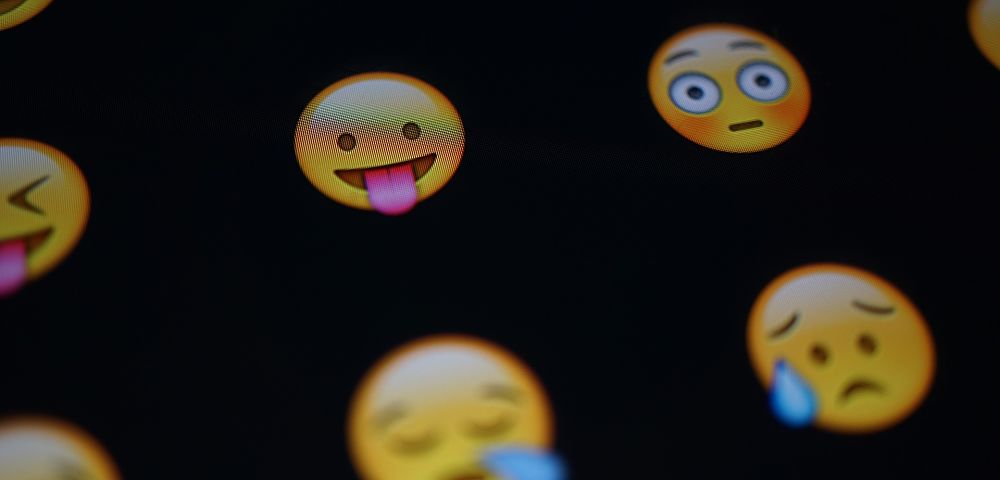Why Emojis are Essential for B2B Enterprise

Think for a second about a time when someone you didn’t know smiled at you. Not a fake smile—but a true, genuine, friendly smile.
How did you feel?
I’ll bet that you felt good—dare I say, even warm and gooey on the inside.
Smiles, laughs, goofiness—pleasant facial expressions in a nutshell—evoke positive emotions. And humans like to feel positive emotions.
We have and we always will.
It’s not a shock to you that our communication, especially B2B communication, has changed—it’s shifted from letters and memos to phone calls to what we do now, which is more typing and reading and less human connection.
Doing business with clients or customers through text-based communication isn’t a bad thing, but we do need to remember who we’re dealing with: humans. And you know what? The human disposition has and always will desire real, genuine human to human connection.
But how can we translate human connection into digital correspondence? What can we do to ensure our customers, clients, staff, and vendors understand the emotions we’re trying to convey? How can we make sure every person knows we’re “smiling” at them through our words on a screen?
My answer is simple: emojis. 
Emojis are in transit to becoming everyday life essentials. For B2B enterprises and customers—for companies and employees—for our new world. Emojis are making their way into mediums they haven’t traditionally been in, such as email subject lines, Slack channels at the office, new products, and customer service.
Emojis take “the edge” off of modern monotone digital communication and are bringing back the positive emotions we get from in-person connections. Whether we realize it or not, we’re using them more and more because we feel good when they’re included in written correspondence.
And for B2B companies, these friendly faces are essential because they reinforce positivity and enhance customer experience tenfold. They also make people feel good. And who doesn’t like feeling good?
My company, JotForm, is a catalyst in introducing emojis and icons to B2B interaction. We chose to do this not just because our team is all emoji obsessed, but because our UX research said that our customers like having the option to include them in their online forms.
Emojis also help our form respondents understand more clearly what’s being asked of them when filling out a form. Our research says:
“Iconic expressions reduce performance load and make signs and controls more understandable.”
Makes sense—smiles in real life have a knack for easing cognitive load, why would it be any different through an emoji online?
In our latest product, JotForm Cards, our team of developers made emojis a key feature to increase user experience. By creating a library of emojis and icons and a custom “emoji rating bar” form field, our form creators can now add human characteristics to their text-based questions. On the form respondent side, these emojis add a friendly and enjoyable touch to the form filling experience, and since they are similar to facial expressions, they make responding feel intuitive.
In fact, emojis are quite powerful when building and responding to online forms. We found that when form creators switched from a classic form with no emojis, icons, or human characteristics to JotForm Cards with all of the above, JotForm Cards increased conversion 36% on average. Not too shabby, eh?
I’m not trying to say that emojis are any sort of replacement for human to human connection, but in our online world of business, social, and personal interactions, they’re certainly not a bad way to make a conversation more humanlike and personable. I mean c’mon, look at this face.
About the Author: Annabel Maw is a Marketing Communications Specialist at JotForm, a popular online form-building tool based in San Francisco. Its simple drag-and-drop interface, along with conveniently sortable submission data, allows you to create forms and analyze their data without writing a single line of code. JotForm is the solution for online payments, contact forms, lead collection, surveys, registrations, applications, online booking, event registrations and more. Twitter: @AnnabelLMaw



